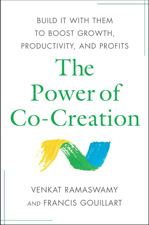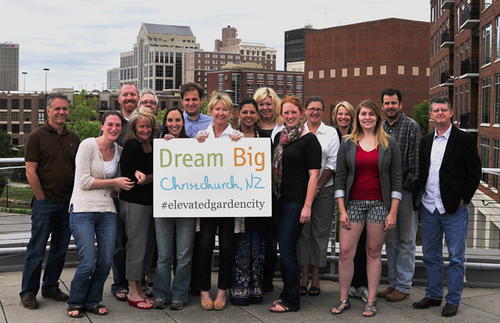Governments around the world have repeatedly tried to transplant the Silicon Valley culture to their own localities. It never works.
It never works because they fail to understand the long term view. Silicon Valley exists because of a truly unique institution – Stanford University. It’s more of a research facility than a university, and this point was hammered home to me in a visit there last year. When talking to one of the professors – who is an expert on long term thinking – he said that that university doesn’t really care about publishing. It cares about industry partnerships. That culture was born out of the private sector – Stanford was born from a grant from a railroad tycoon in the 1890s.
However while this beginning was critical, it was the 50s that saw the real impacts of the university. After WWII the focus was very much on creating new businesses, and this created companies like HP. In addition, some research points to the fact that a “powerful sense of regional solidarity” was critical in the birth of Silicon Valley.
So where are the parallels? At the moment Christchurch has three things:
- a powerful sense of regional solidarity
- an extraordinary opportunity to start from scratch with the CBD restart
- an excellent university ecosystem
Here’s my argument – Christchurch should be aiming to take a very long term view in order to create an environment of innovation that rivals the best. We have no shortage of talent in the at respect. The question therefore should be – what’s the focus?
Given that the CBD is essentially a greenfields rebuild, then why not engage with companies like GE and Cisco (who would jump at the chance to deploy leading edge technologies) and create a city that’s a living lab for urban living?
The infrastructure that powers a city could be built in a lego type fashion, where the old could be easily swapped out for the new. As companies come and go (as they are prone to do) the city could attract new players who are seeking to deploy their technologies in a real world laboratory. Alongside this the university would establish a business focused research facility that leveraged the living lab, and spun out businesses that based themselves in the region.
Attempting this from scratch would be madness. But Christchurch has a window of opportunity at the moment that most cities never get, and never will. This is a long term play to develop an ecosystem of business, talent and research that could be unrivalled in the world, and position New Zealand extremely well for the future.
Why wouldn’t we do it?



